The west side of Mýrdalsjökull has a few steep outlet glaciers, one of them being Krossárjökull. Together with neighboring Tungnakvislarjökull it descends into the beloved valleys of Þorsmörk. Both glaciers are pretty isolated, at the end of narrow valleys with treacherous rivers.
Krossárjökull shares its name with one of Iceland’s most dreaded rivers: Krossá river. It springs from the glacier and separates Þorsmörk in the north from Goðaland to the south, two very popular areas thanks to their mountains, gorges and forests. Hikers wanting to go from one area to the other can use a foot bridge in summer, but cars (and busses) have to wade through the river. Although numerous signs warn for this dangerous crossing, every year people try to wade the river without experience or a proper car.
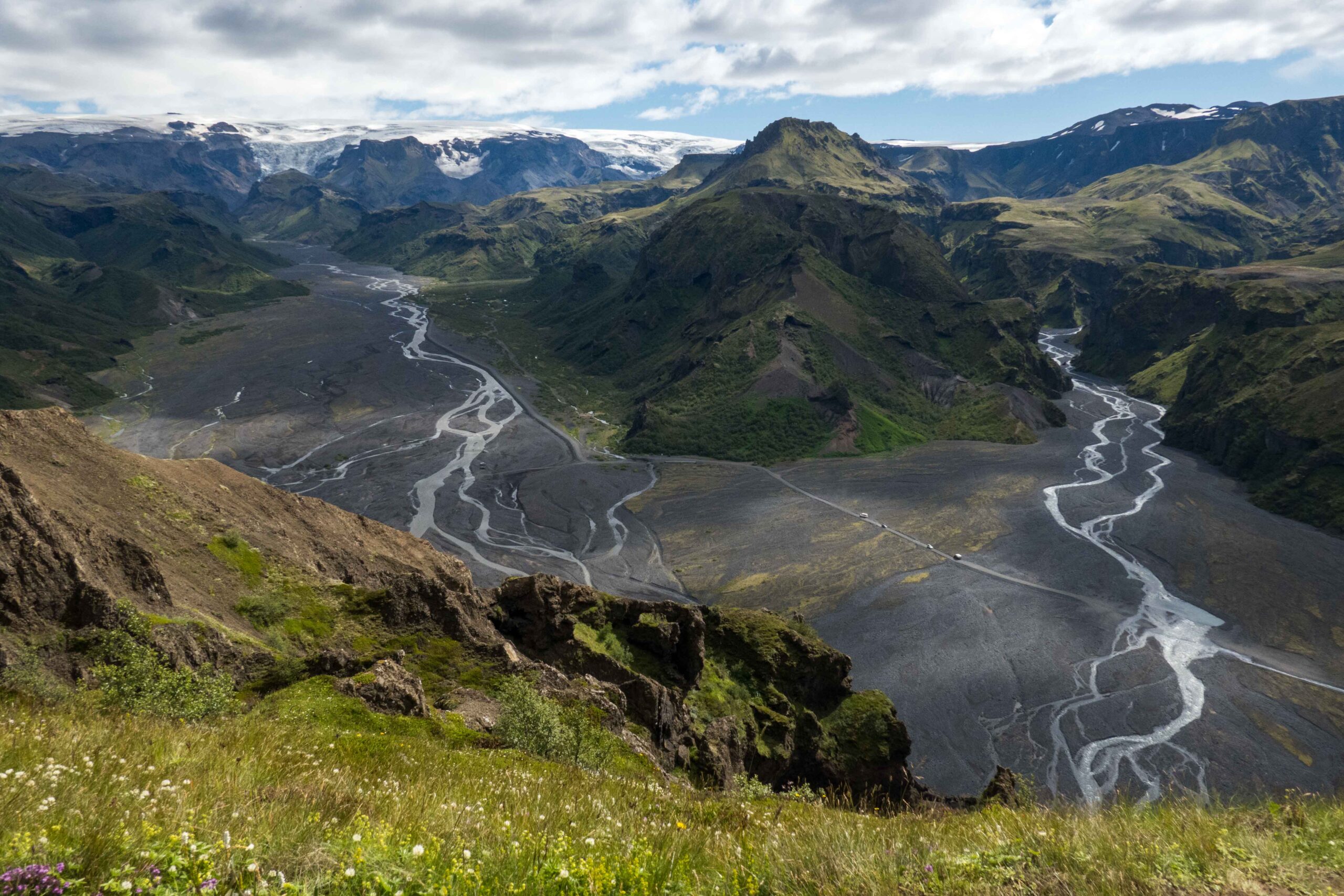
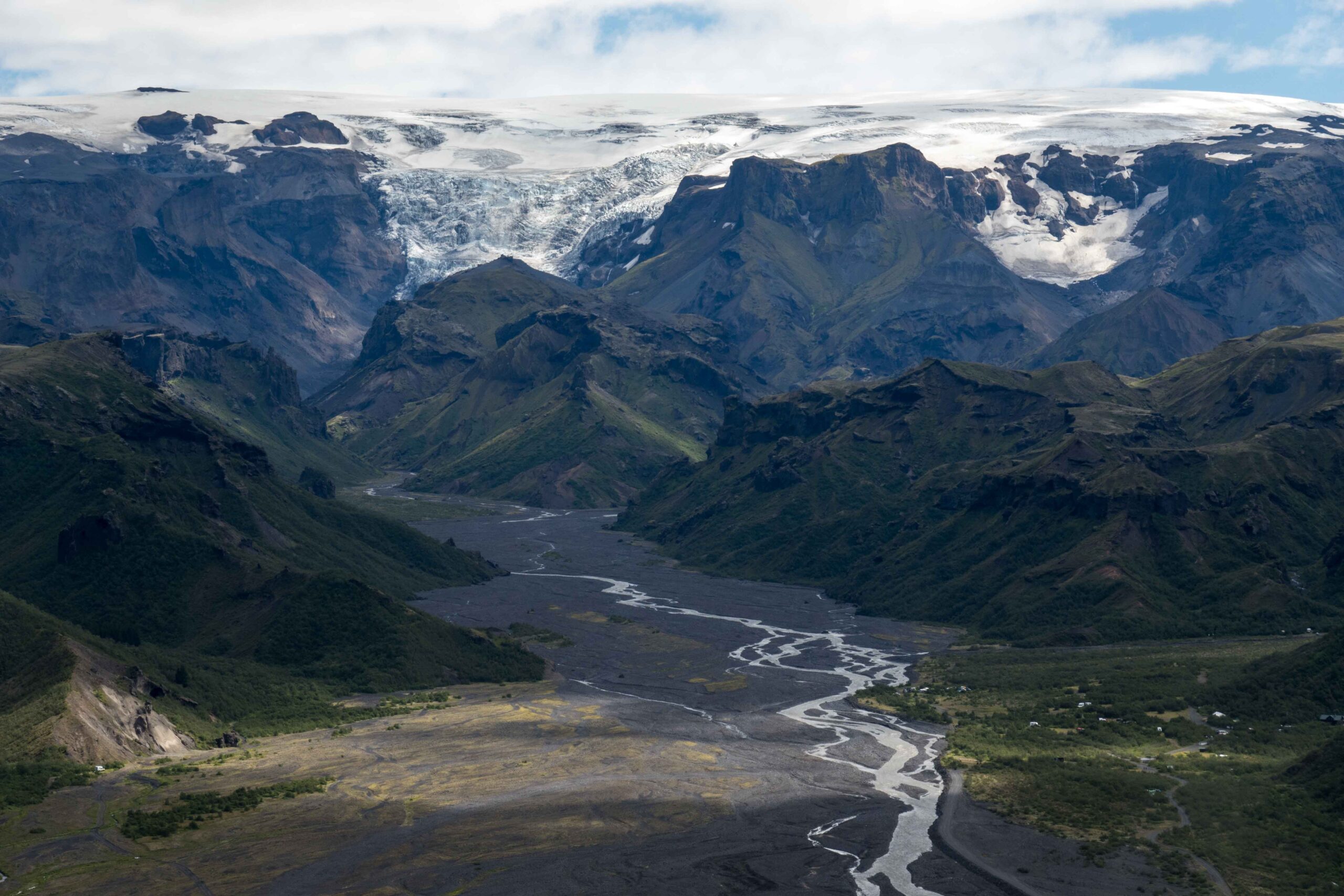

From Krossá valley the Krossárjökull is continuously in sight, but actually getting there is quite hard. The river itself forms a big obstacle, as it winds from one steep valley side to the other. You have to cross it upstream several times and this is only possible when the river is low, so in the morning and after a period of dry weather.
From far away it is clear that Krossárjökull steeply descends the Mýrdalsjökull plateau, plunging from 1400 meters to 400. Up close it turns out that the lower kilometer of the glacier is pretty flat. The glacier sits right next to Eggjar mountain and used to be wrapped around it. Nowadays the glacier has receded so much that it is confined to the northern side of Eggjar.
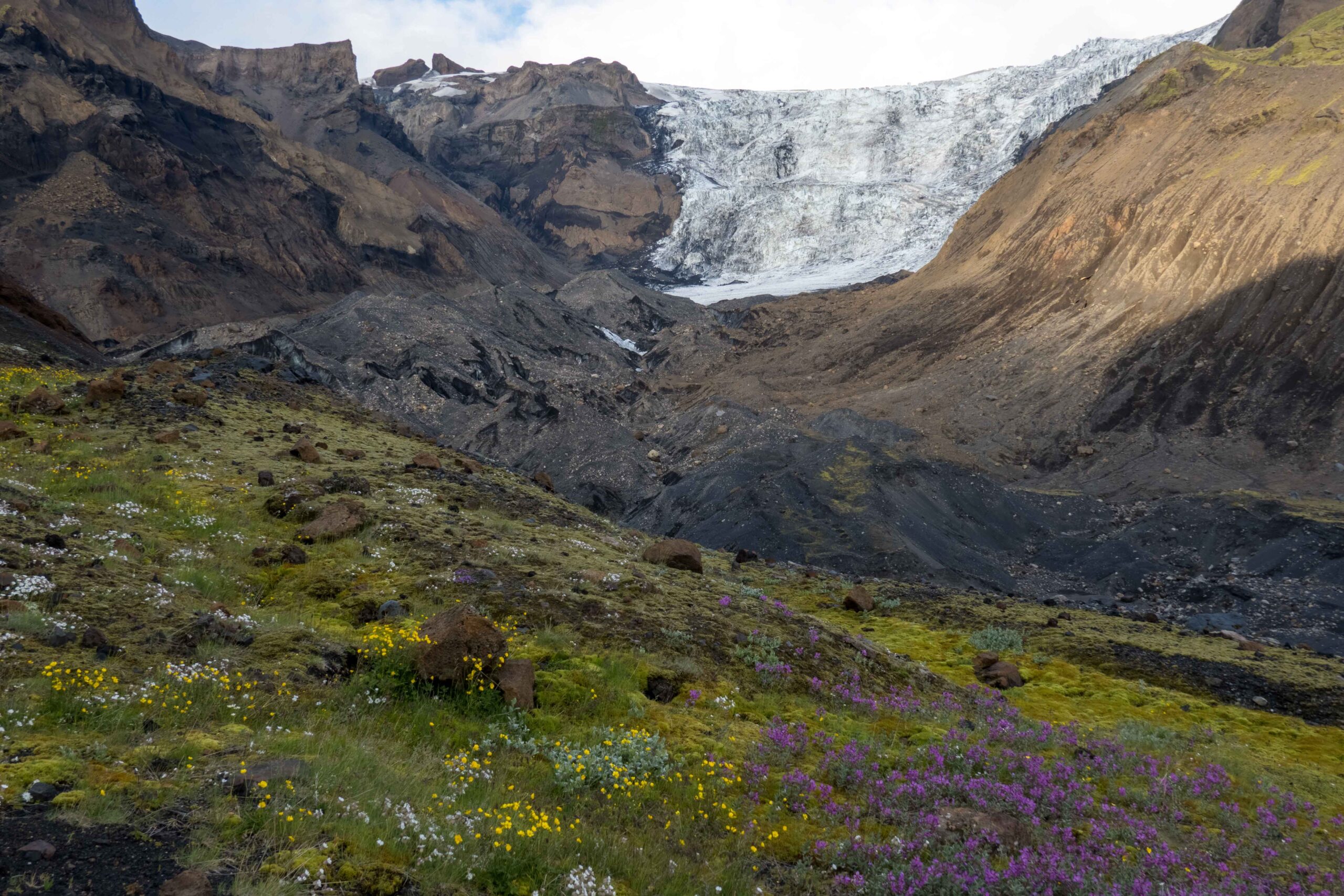
Since the 1990’s the glacier rapidly melted, but this was halted recently. The flat part of the glacier below the ice fall is thickening. The glacier is not advancing yet, however, as in front of the thickening part lie hundreds of meters of stagnant and buried glacier ice. Only when the increased influx of ice is sustained for several years the glacier will be able to advance beyond the old stagnant ice, which is unlikely.
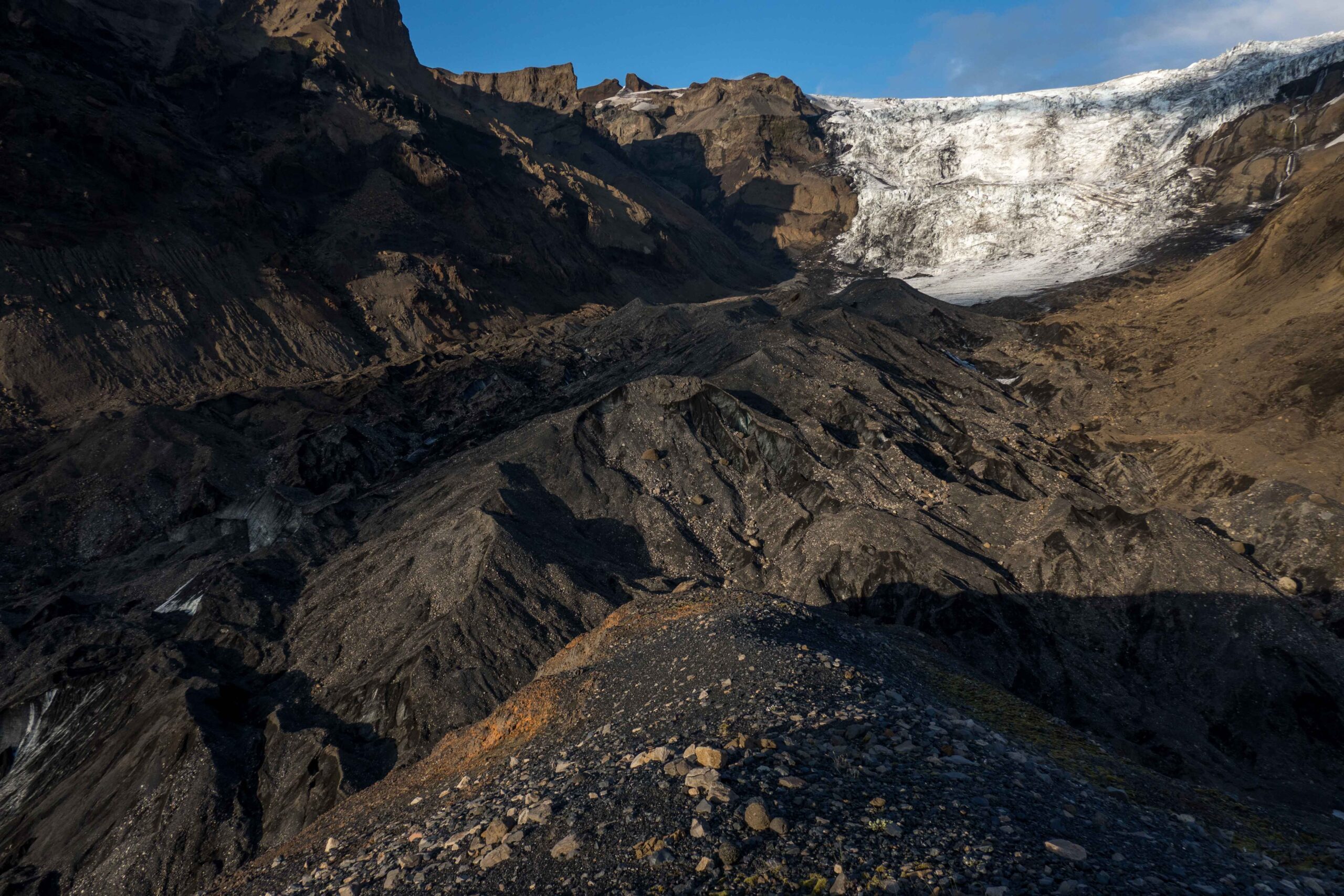
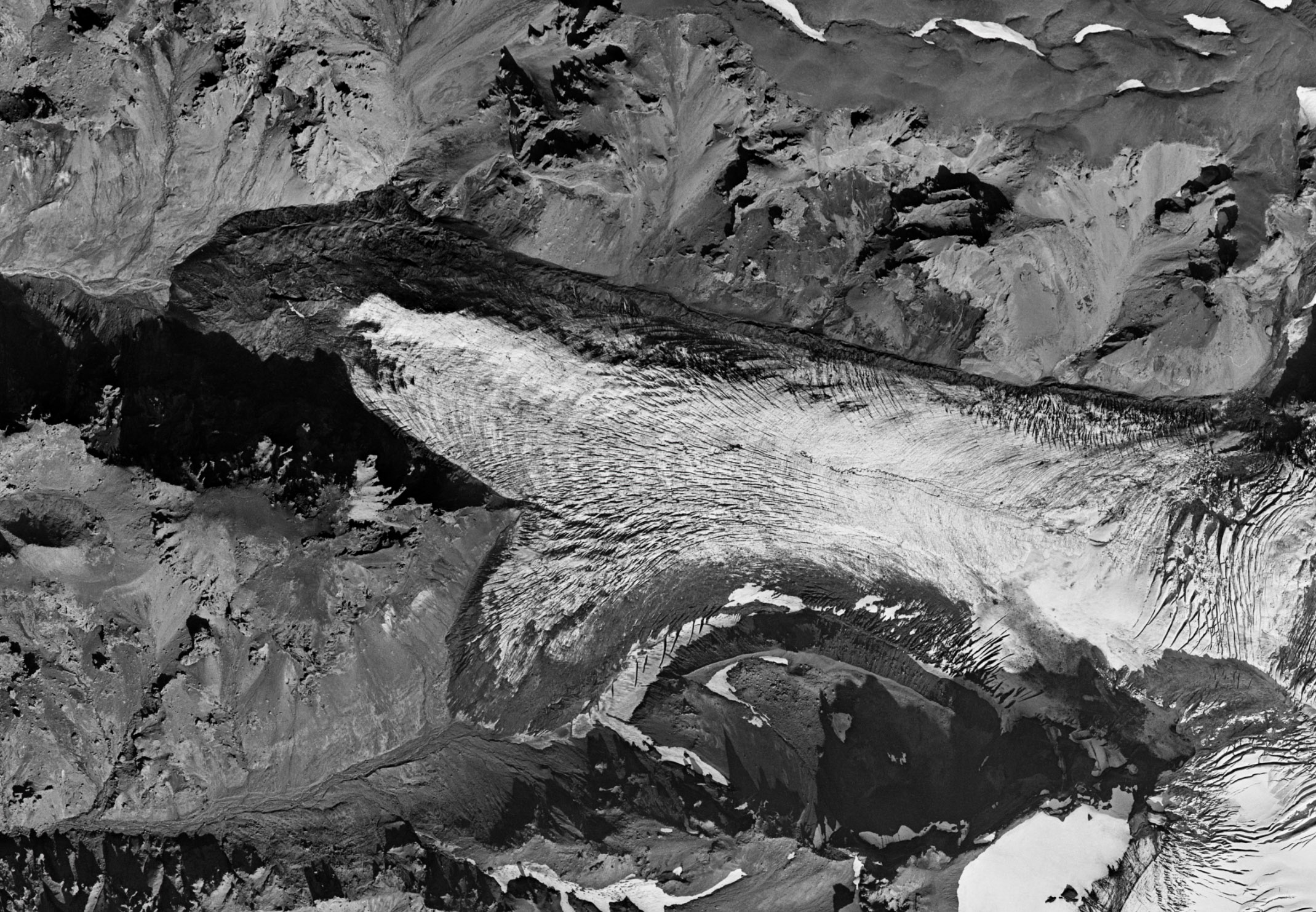
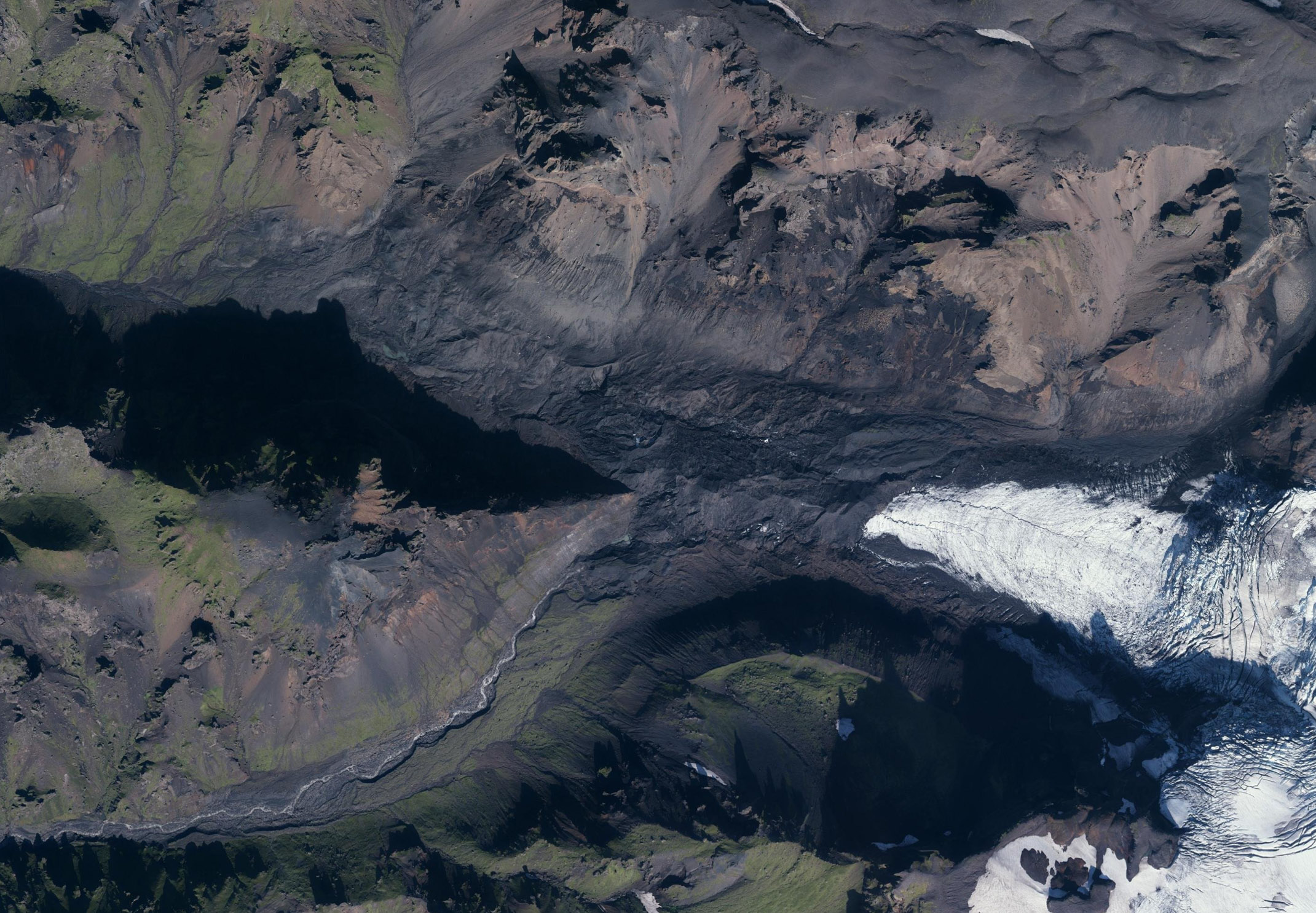
Orthophoto of Krossárjökull in 1994 (left) and 2022. Source: Landmælingar Íslands.
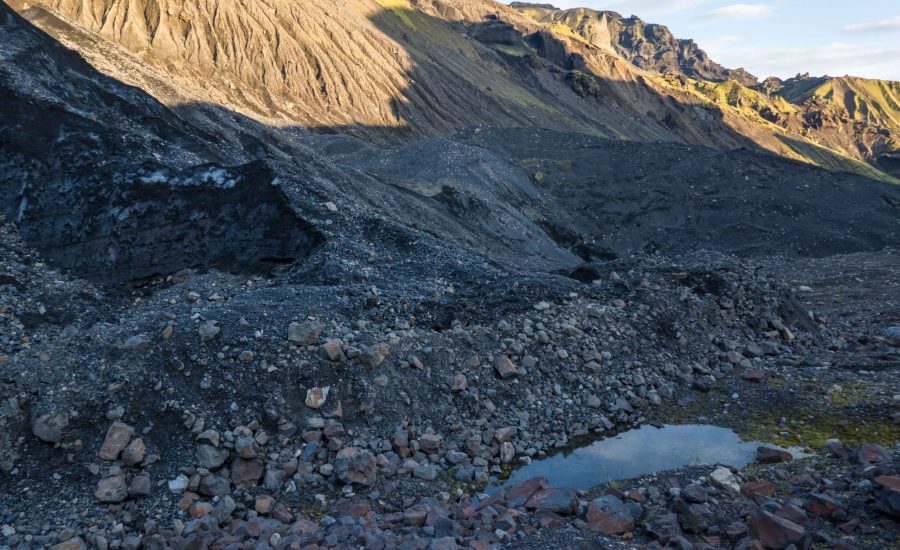
The situation is a bit different on the southern side of Eggjar. Here most of the old ice is already melted, so any advancement is more easily recognizable. And indeed, the glacier is erecting new moraines over there: ridges of one and a half meter are pushed up directly in front of the ice. A rare sight in an ever warmer climate, and therefore not something to last.
Search within glacierchange: